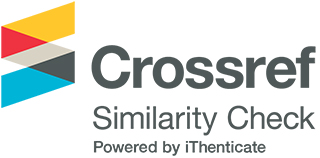Education Of Children With Dyslexia In Croatia: The Role Of Easy Language
DOI:
https://doi.org/10.33422/ijce.v3i1.110Keywords:
dyslexia, easy language, graphic adjustments, linguistics adaptations, nature sciencesAbstract
Dyslexia is a language-based disorder that can have serious consequences on the learning needs of individuals with this specific learning disorder. In Croatia, most students diagnosed with dyslexia are taught according to the regular prescribed curriculum while using an individualized approach. However, teachers often find it difficult to implement an individualized approach, particularly when it comes to adapting the level of linguistic complexity of teaching material. In order to address this challenge, the concept of easy language is increasingly being incorporated into the education of students with dyslexia in Europe. Easy language refers to language adaptation of a text in order to facilitate both reading and comprehension abilities. Although there is a history of the use of easy language in the Croatian context, this approach has not yet been fully developed in practice. The aim of this study was to analyze whether the level of language complexity of e-testing exams in natural science subjects is suitable for elementary school students with dyslexia. The materials analyzed in this study were natural science exam questions from a single unit of instruction (one thematic unit) prepared by teachers in the e-testing format (for online instruction during a pandemic) for children from 1st to 6th grade. All questions were analyzed at the level of lexical, syntactic, and morphological criteria, as well as language at the content (pragmatic) level. In addition, graphic adjustments were examined as a function of language. All materials analyzed in the study were adapted according to the guidelines of easy language. The results of our analysis indicate the need for a high proportion of (morpho)syntactic adaptations (51%), followed by language adaptations made at the content (pragmatic) level (36%), and a low proportion of lexical adaptations (13%). These findings clearly indicate that significant adaptations are required for children with dyslexia to be able to actively participate in daily instruction. The implications of this study are directly related to education in the context of dyslexia. Our results highlight the importance of easy language in order to help children with dyslexia reach their full potential. In addition, the importance of speech and language pathologists in the school team is recognized, since they are experts in language and graphic adjustment, and they can provide the required support to teachers who teach children with dyslexia.











